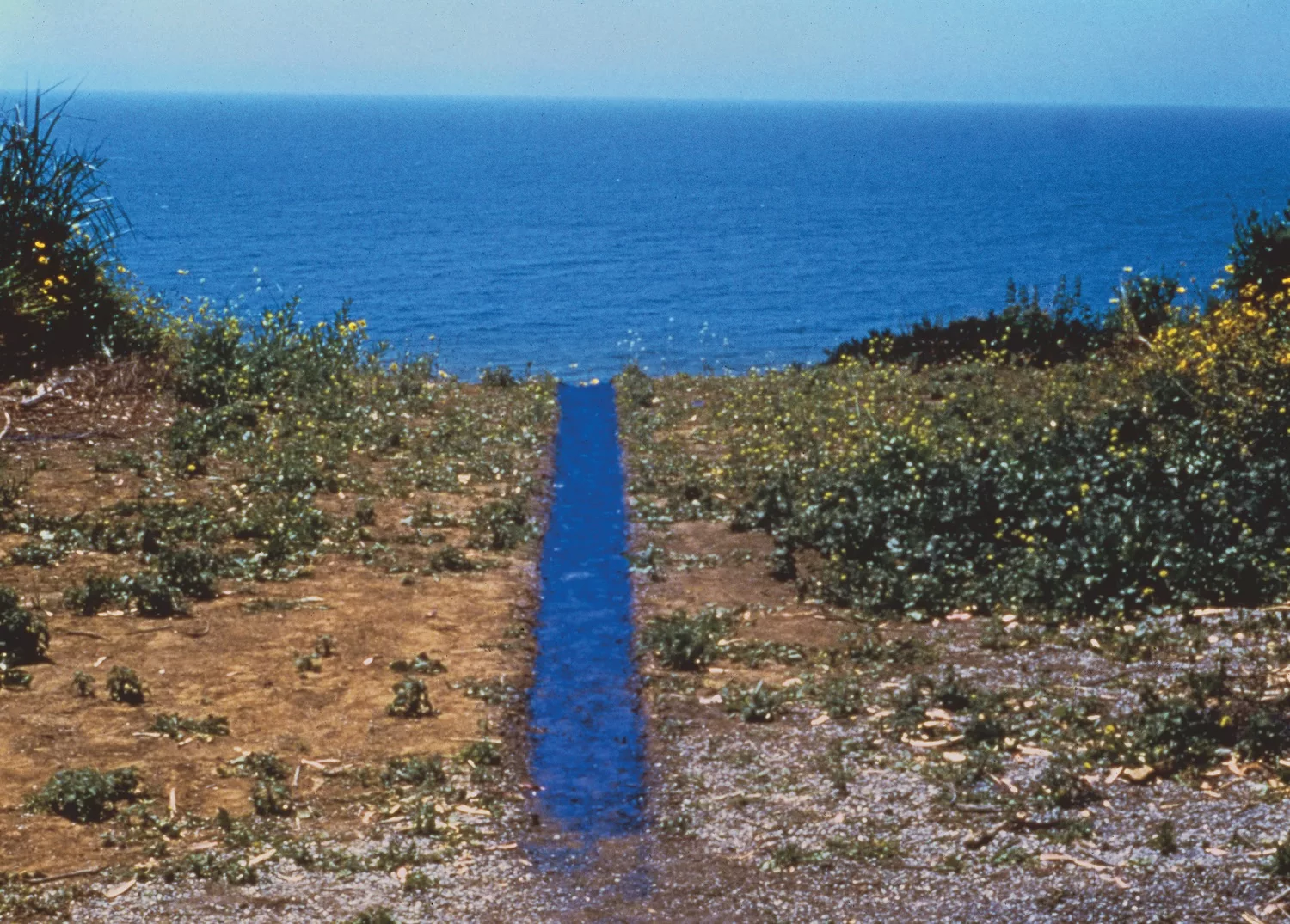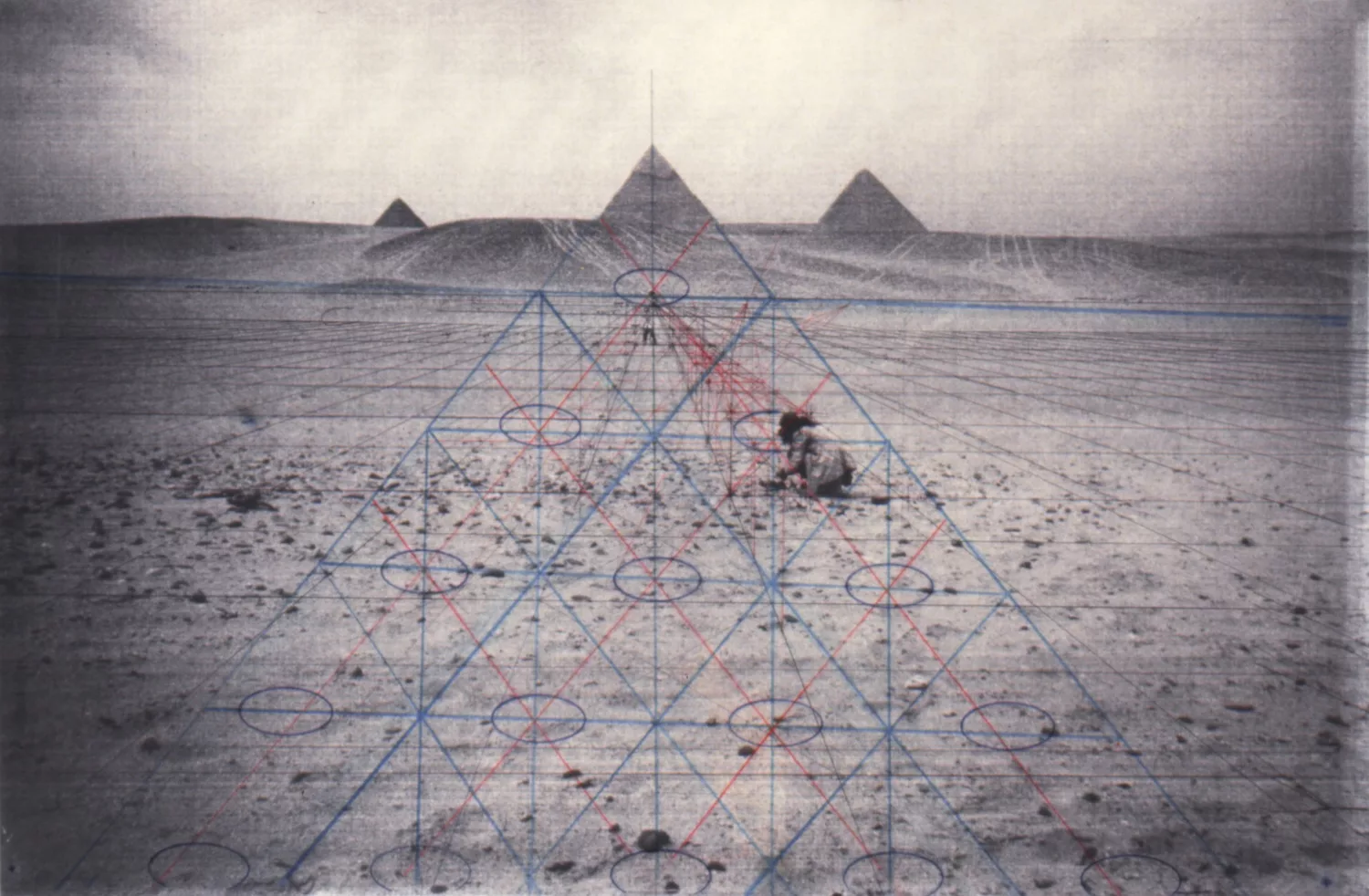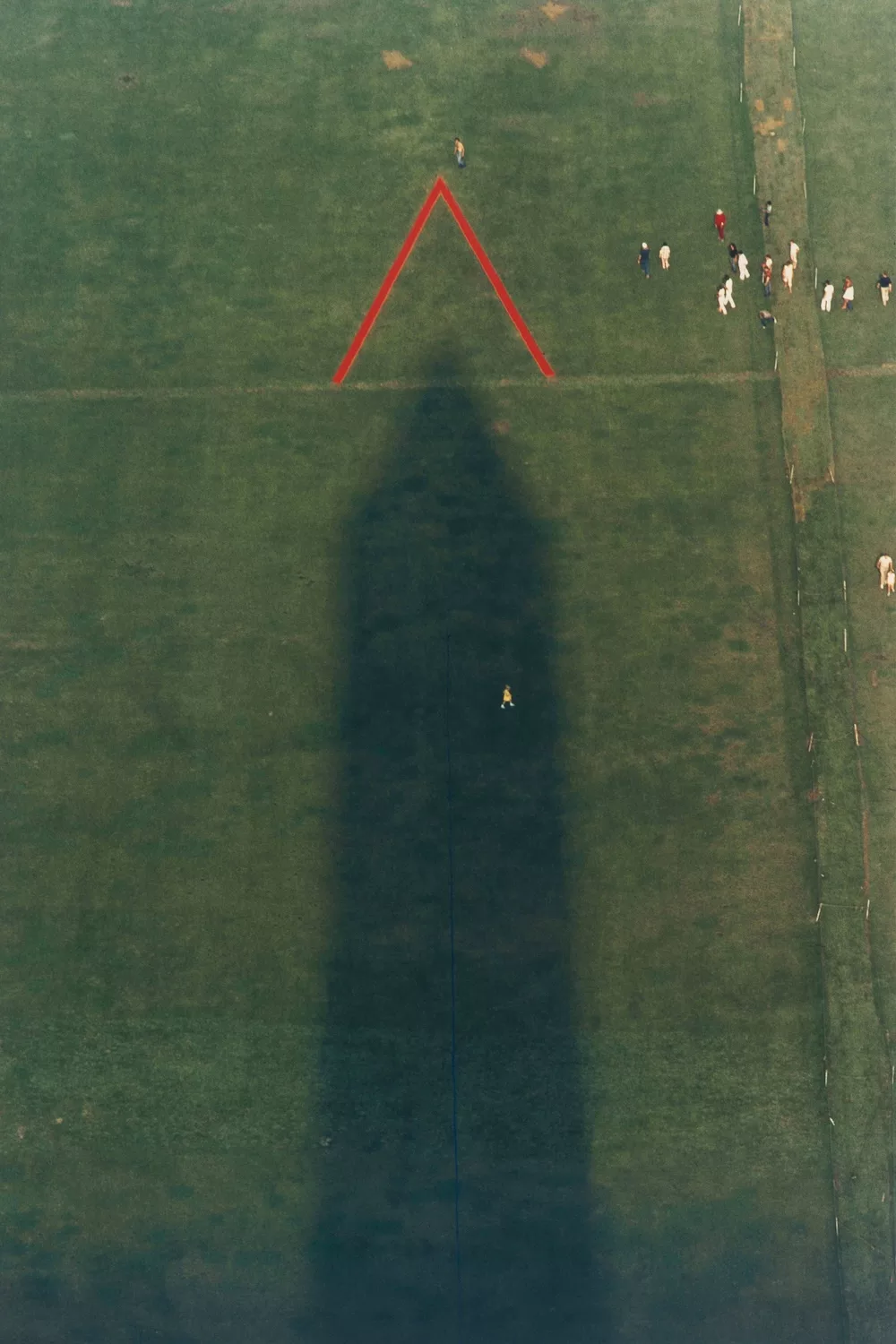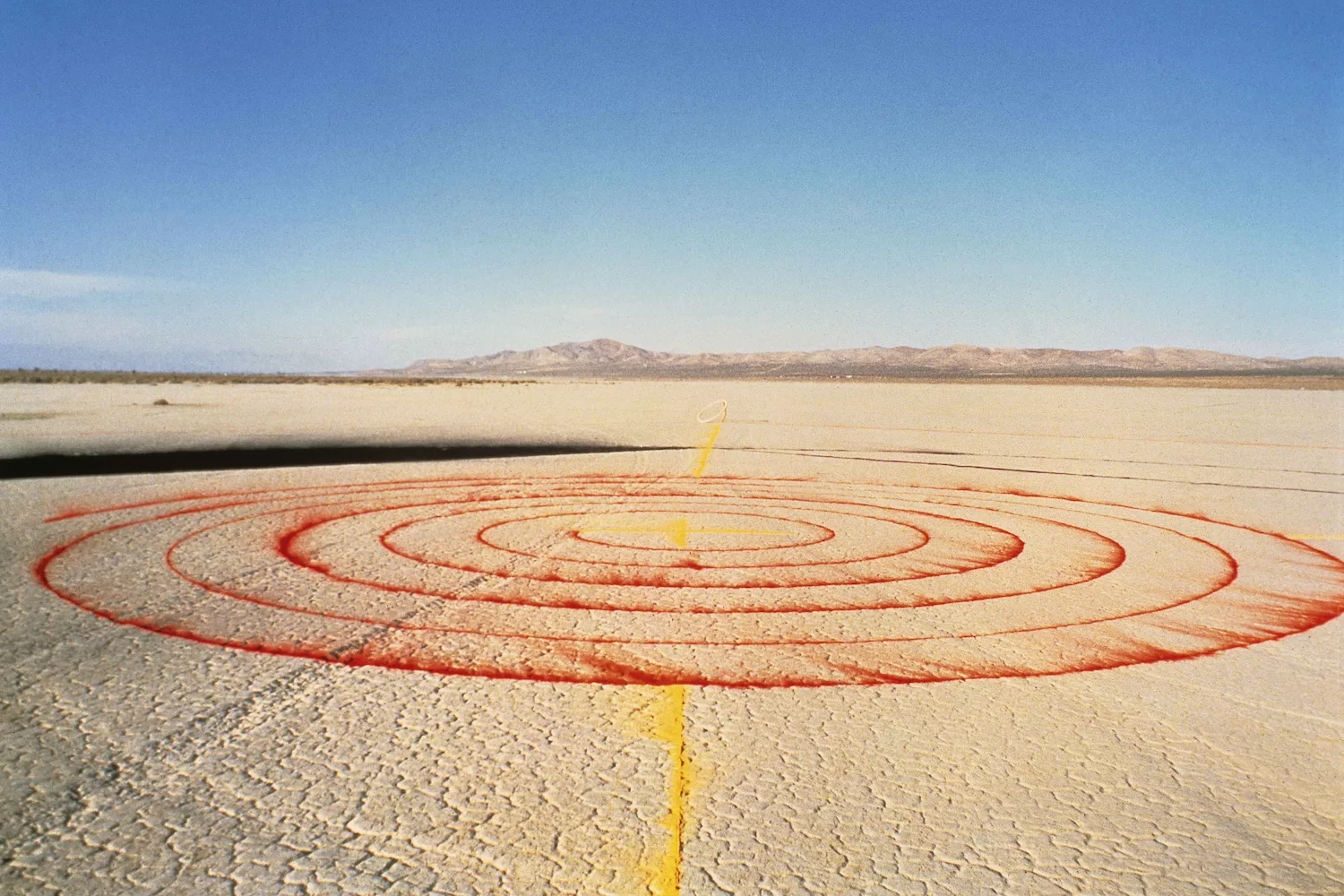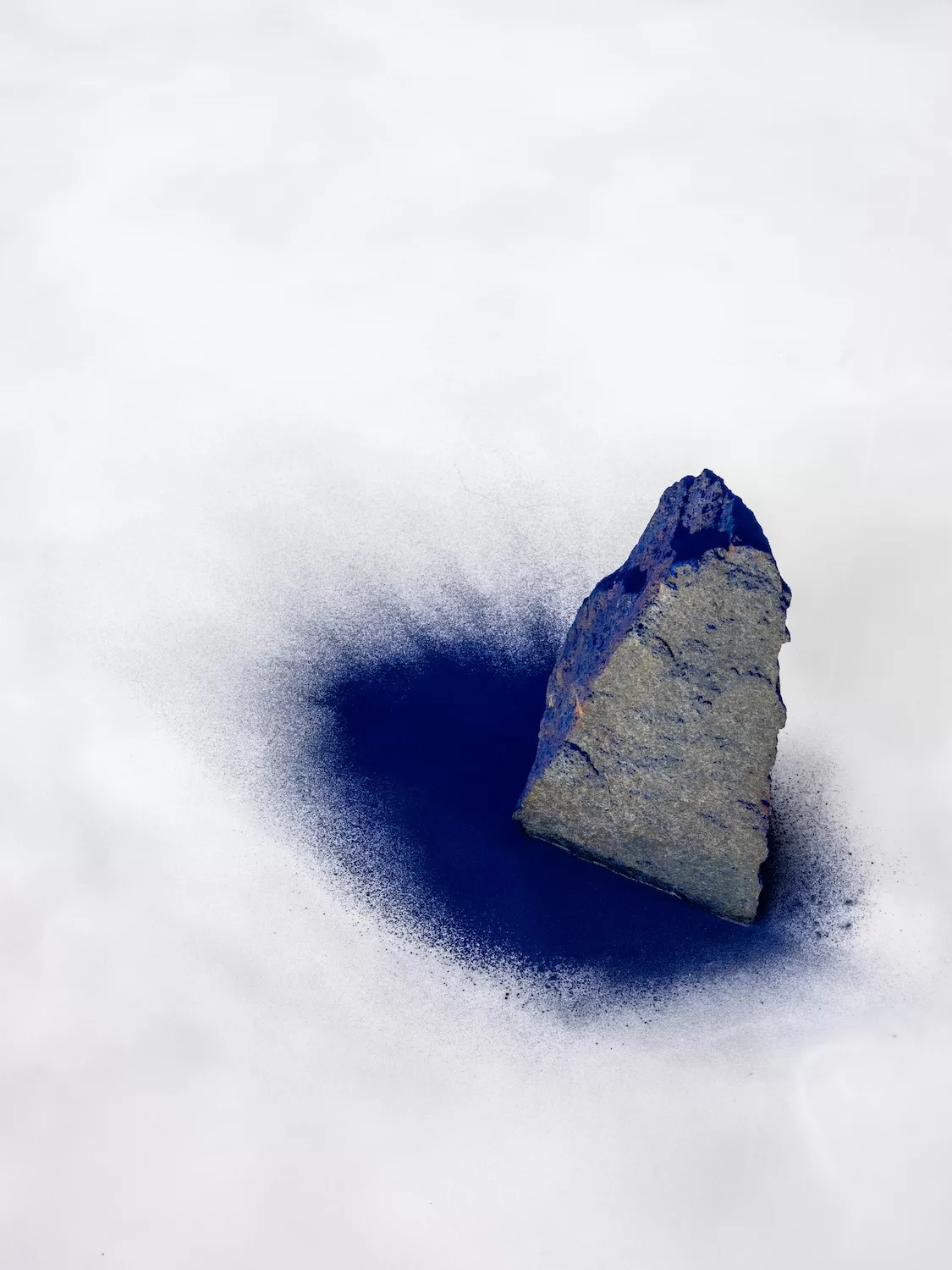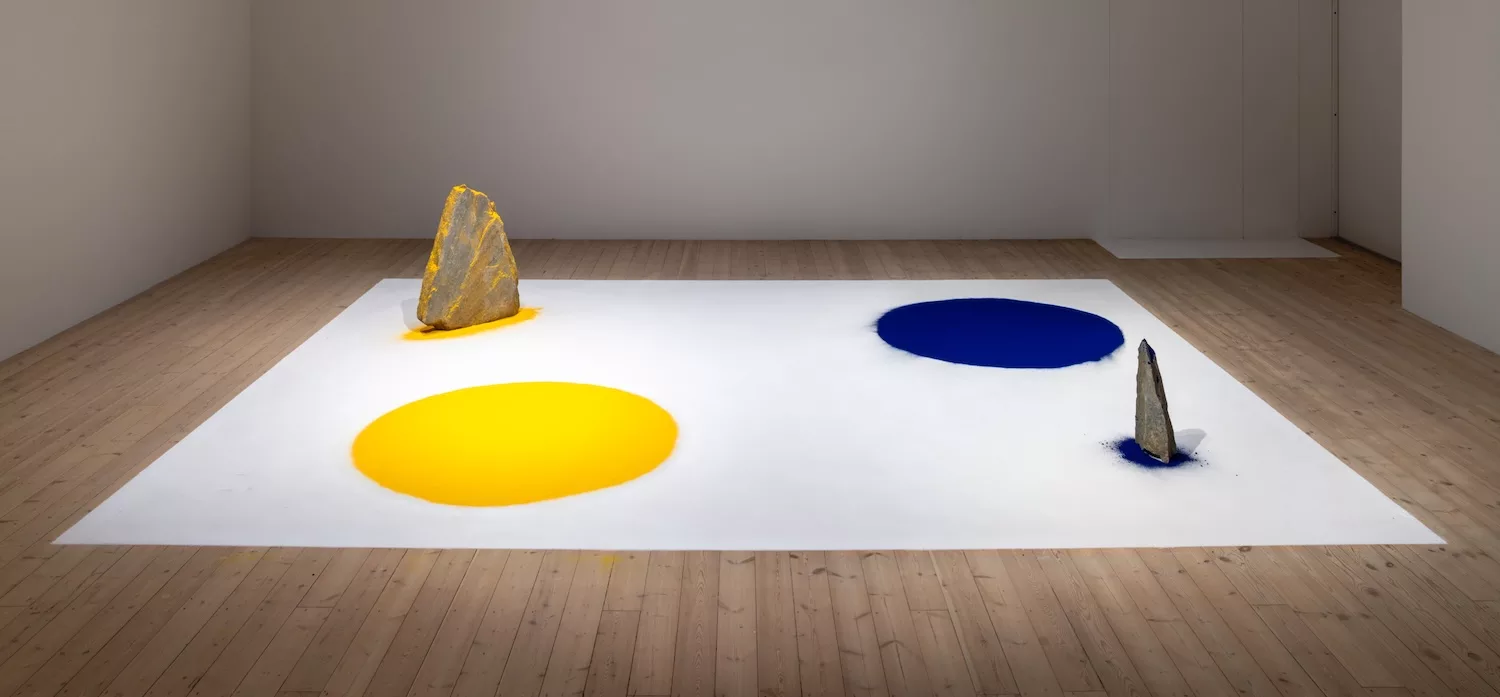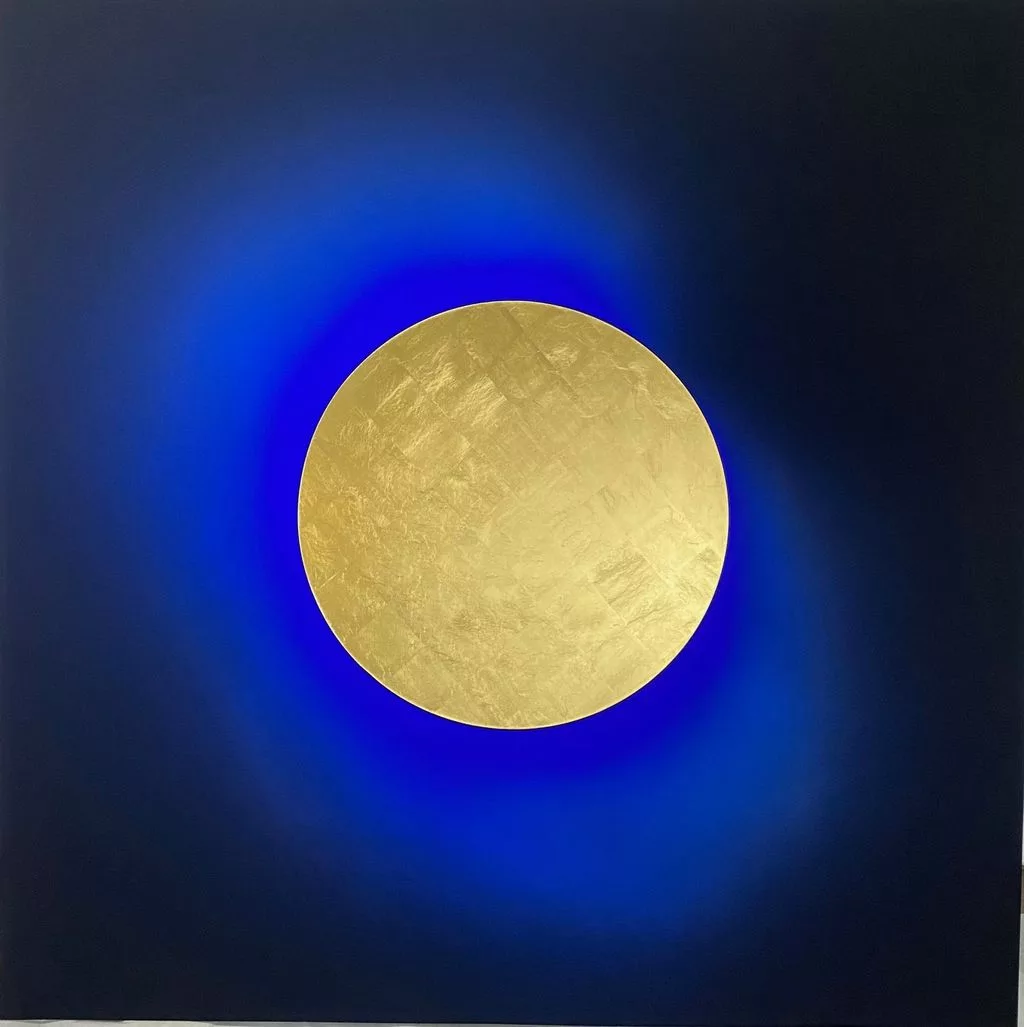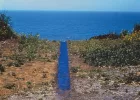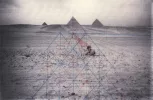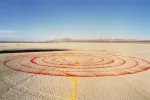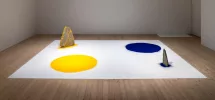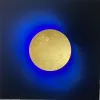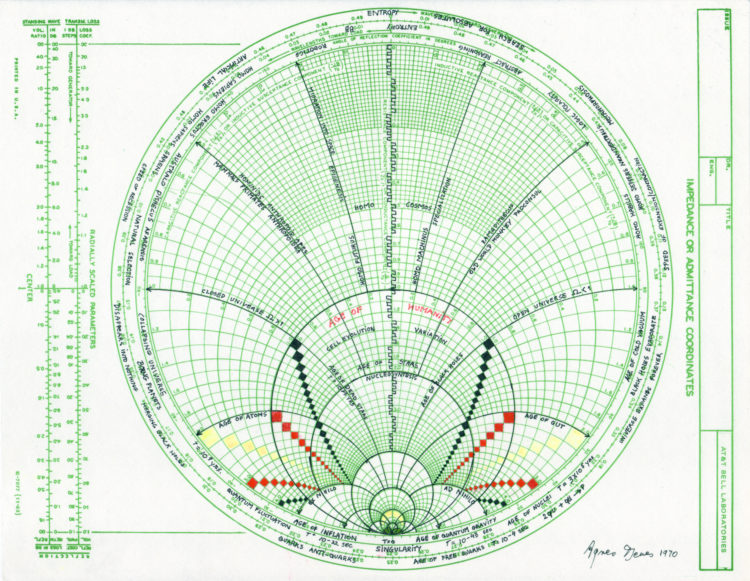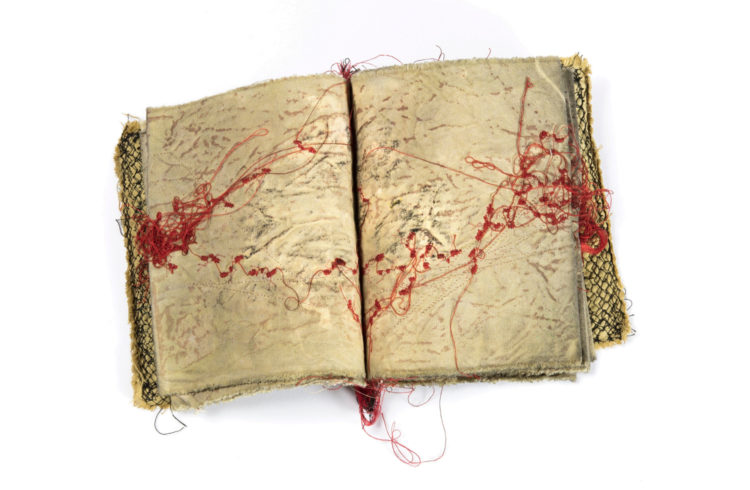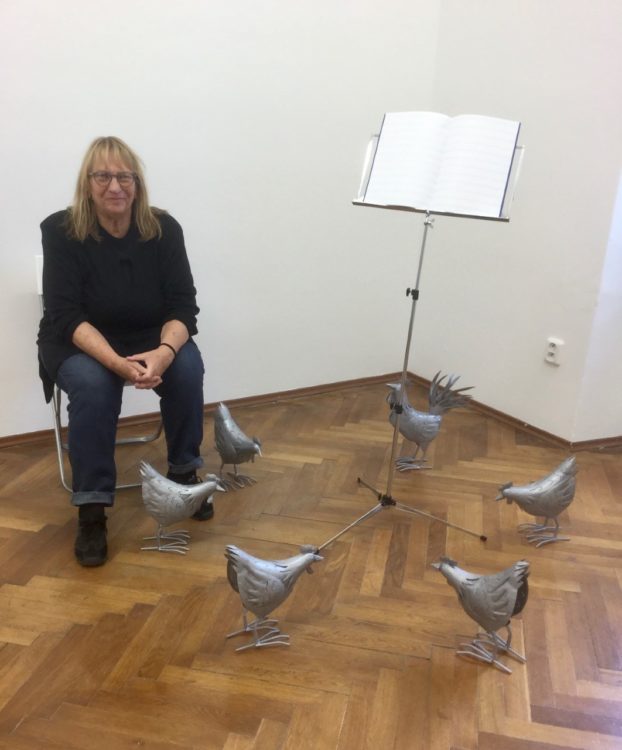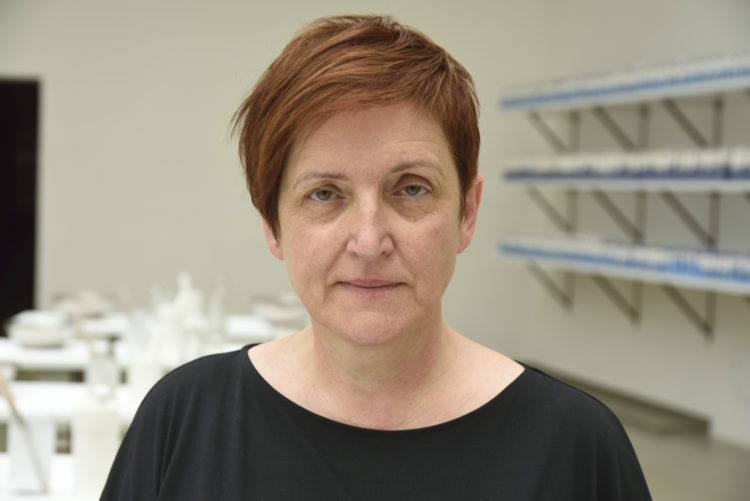Lita Albuquerque
Albuquerque, Lita, and Grant Johnson, Lita Albuquerque : 20/20: Accelerando, Los Angeles, Fisher Museum of Art, 2016
→Albuquerque, Lita, Selma Holo, Roger F. Malina, David B. Walker, William L. Fox, Ann M. Wolfe, Jean de Pomereu, Brad Bartlett, and Nevada Museum of Art, Lita Albuquerque : Stellar Axis, New York, Skira Rizzoli, 2014
→Albuquerque, Lita, Jon Beasley, and Frederick R. Weisman Museum of Art, AOR : Lita Albuquerque at the Frederick R. Weisman Museum of Art, Malibu, Frederick R. Weisman Museum of Art, Pepperdine University, 2006
Stellar Axis, Anderson Collection at Stanford University, Stanford, CA, 27 March – 18 August, 2024
→Liquid Light, bardoLA, 59th La Biennale di Venezia, Biennale Arte, Collateral Event, Venice, Italy, 23 April – 27 November, 2022
→20/20: Accelerando, American Center for Art & Culture, Paris, France, 16 October – 19 November, 2019
American mixed-media artist.
Lita Albuquerque was born in Santa Monica, California, and was raised in Tunisia, Switzerland, France and the United States. L. Albuquerque engages a range of media, including painting, drawing, sculpture, installation and performance to examine temporal and terrestrial scales in relation to forms of perception.
In the early 1960s, she began painting and writing poetry in Paris, before eventually attending art school at the University of California, Los Angeles, where she obtained a BFA in art history in 1968. She later studied sculpture at the Otis College of Art, Los Angeles, between 1971 and 1972.
While establishing her studio practice in the early 1970s in Venice Beach, California, like many of her contemporaries, L. Albuquerque was drawn to respond to the context in which she was working, specifically the Southern California landscape and light. Working in proximity with other Light and Space artists such as Robert Irwin (1928–2023), Robert Smithson (1938–1973), Nancy Holt (1938–2014), and James Turell (1943–), she expanded her abstract minimalist investigations as interventions within the landscape. Merging both the sensibilities of sculpture and painting, her first earthwork, entitled Malibu Line (1978), shifted the viewer’s perception of the horizon line, drawing one’s line of sight from the land towards the ocean to the sky, following a stripe of blue mineral pigment on a cliff side. The materiality of the work meant the work eroded with time, eventually becoming faded and overgrown. She continued to develop large-scale ephemeral Land Art installations with works such as Rock and Pigment (1978) and Man and the Mountain II (1979) and Outlining the Mountain (1979), which engaged notions of movement, perception, colour and light, in relation to the Earth’s rotation, cosmology and archaeoastronomy.
In the 1980s, she received her first site-specific commission, The Washington Monument Project: The Red Pyramid(1980), which responded to the coordinates and form of the monument, creating shadows projected from the obelisk to indicate time passing vis-a-vis the Earth’s rotation around the sun. In 1996, she was commissioned for the Sixth International Cairo Biennale, receiving the Biennale Prize for Sol Star, a response to the stars above the Great Pyramids of Giza. Conceptualised as linked works, Stellar Axis: Antarctica (2006) installed at the Ross Shelf, Antarctica, and Ninety-Degrees North (2007) performed at the North Pole, exemplify the artist’s ambition to engage on the planetary scale. In 2024, she was invited by Los Angeles Nomadic Art Division (LAND) to restage Malibu Line, linking autobiographical sites in both California and Tunisia. Her permanent public artworks are sited internationally in cities including Los Angeles, Tokyo and Cairo. She is the recipient of several National Arts for the Endowment grants and her work is held by The Getty Trust, New York and Los Angeles; the Metropolitan Museum of Art, New York; the Museum of Contemporary Art, Los Angeles and the Whitney Museum of American Art, New York amongst others.



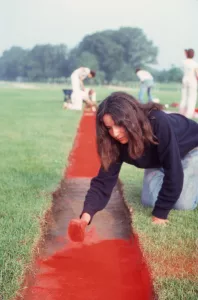
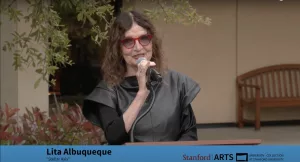 The Burt and Deedee McMurtry Lecture: Artist Lita Albuquerque | Stanford University, 2024
The Burt and Deedee McMurtry Lecture: Artist Lita Albuquerque | Stanford University, 2024 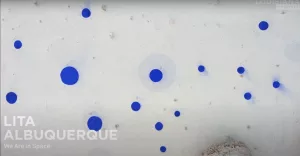 We are in Space: Lita Albuquerque | Louisiana Channel, 2022
We are in Space: Lita Albuquerque | Louisiana Channel, 2022 